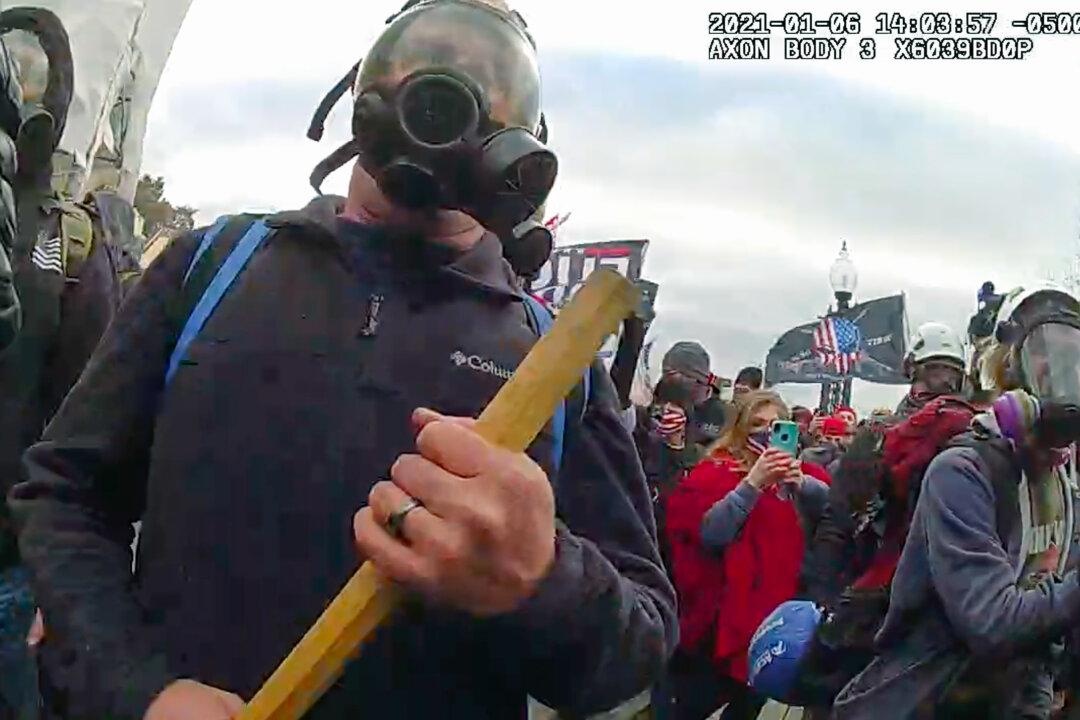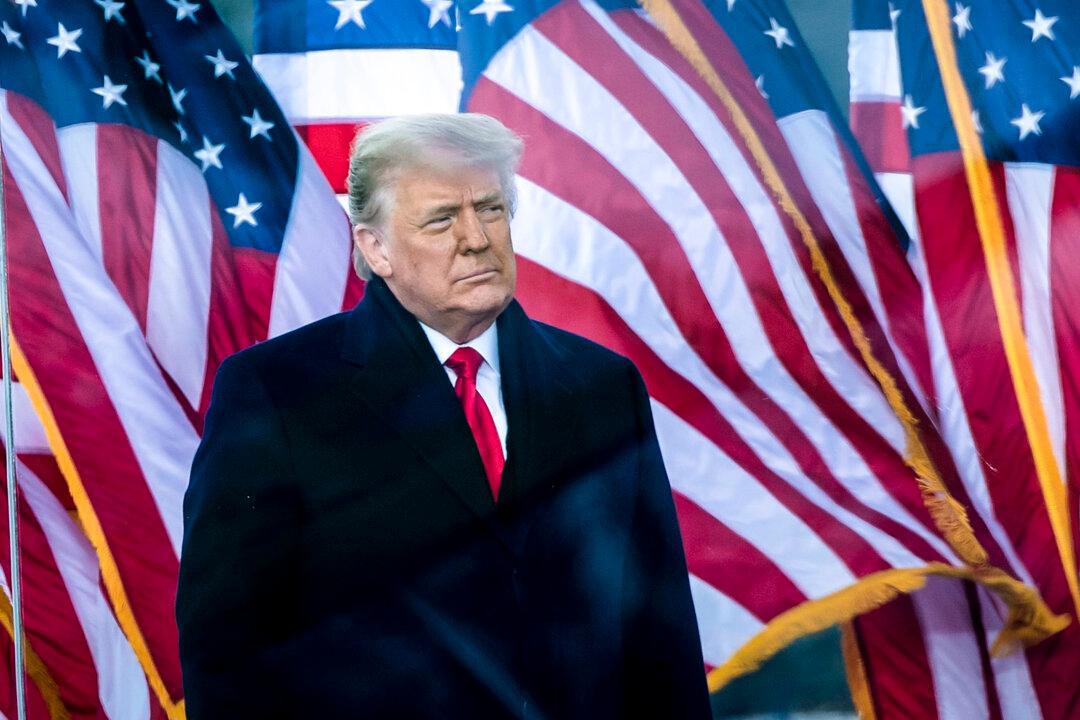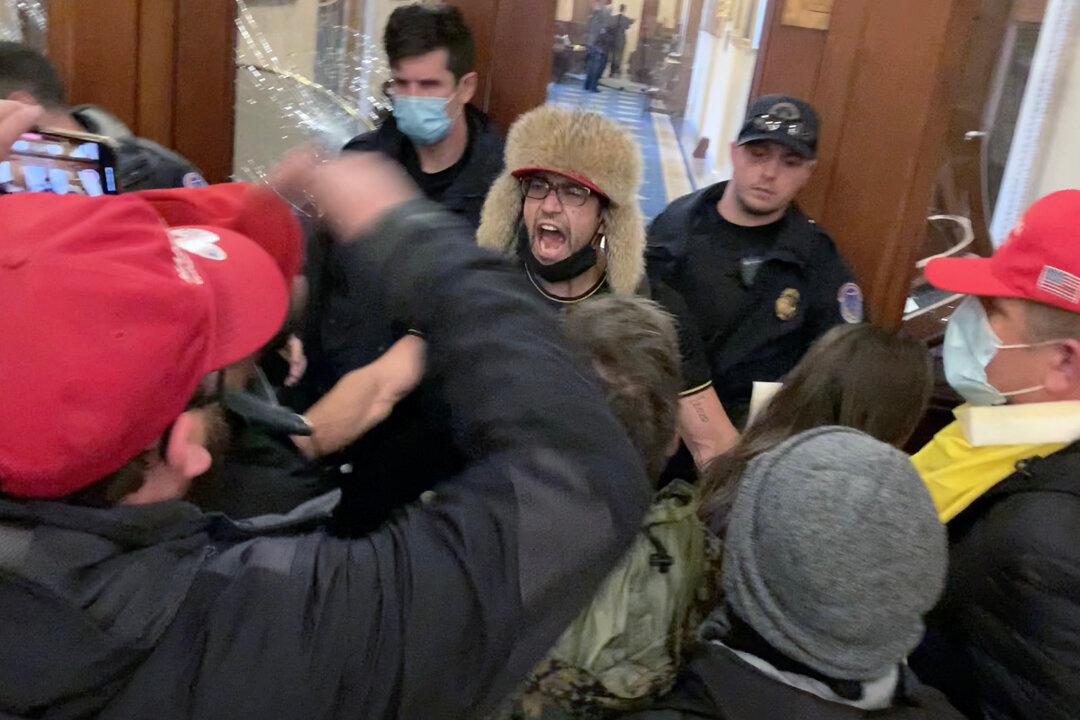Former U.S. Capitol Police Chief Steven Sund’s new book-length reflection on Jan. 6 addresses the command failures that happened during the protests and rioting while decrying the bureaucratic red tape that kept the National Guard from reaching the Capitol until the trouble was largely over.
Sund, 57, who was forced to resign almost immediately after Jan. 6, is out with his own story, unfiltered by government bureaucracy or stifled by Capitol Hill politicians.





